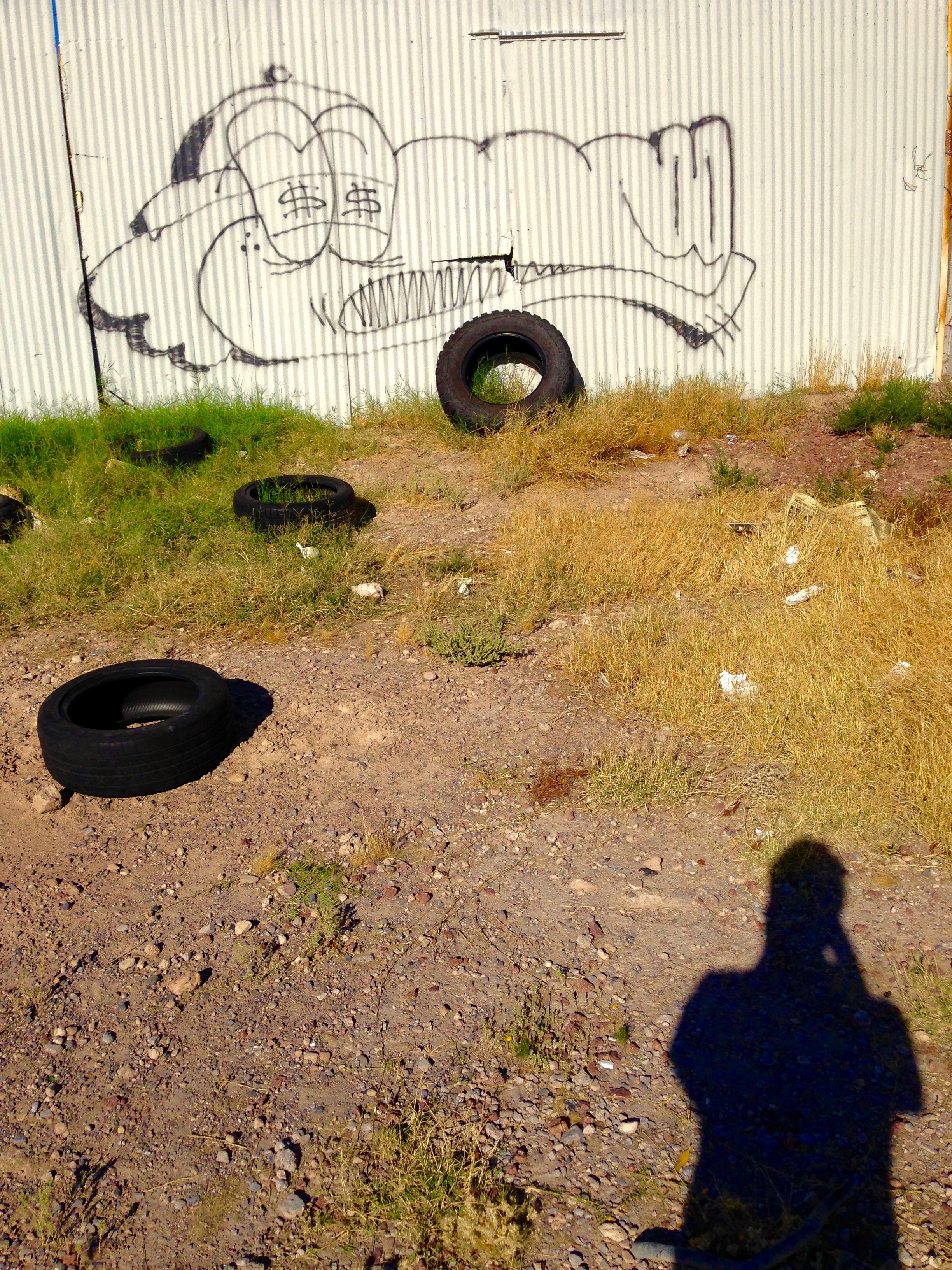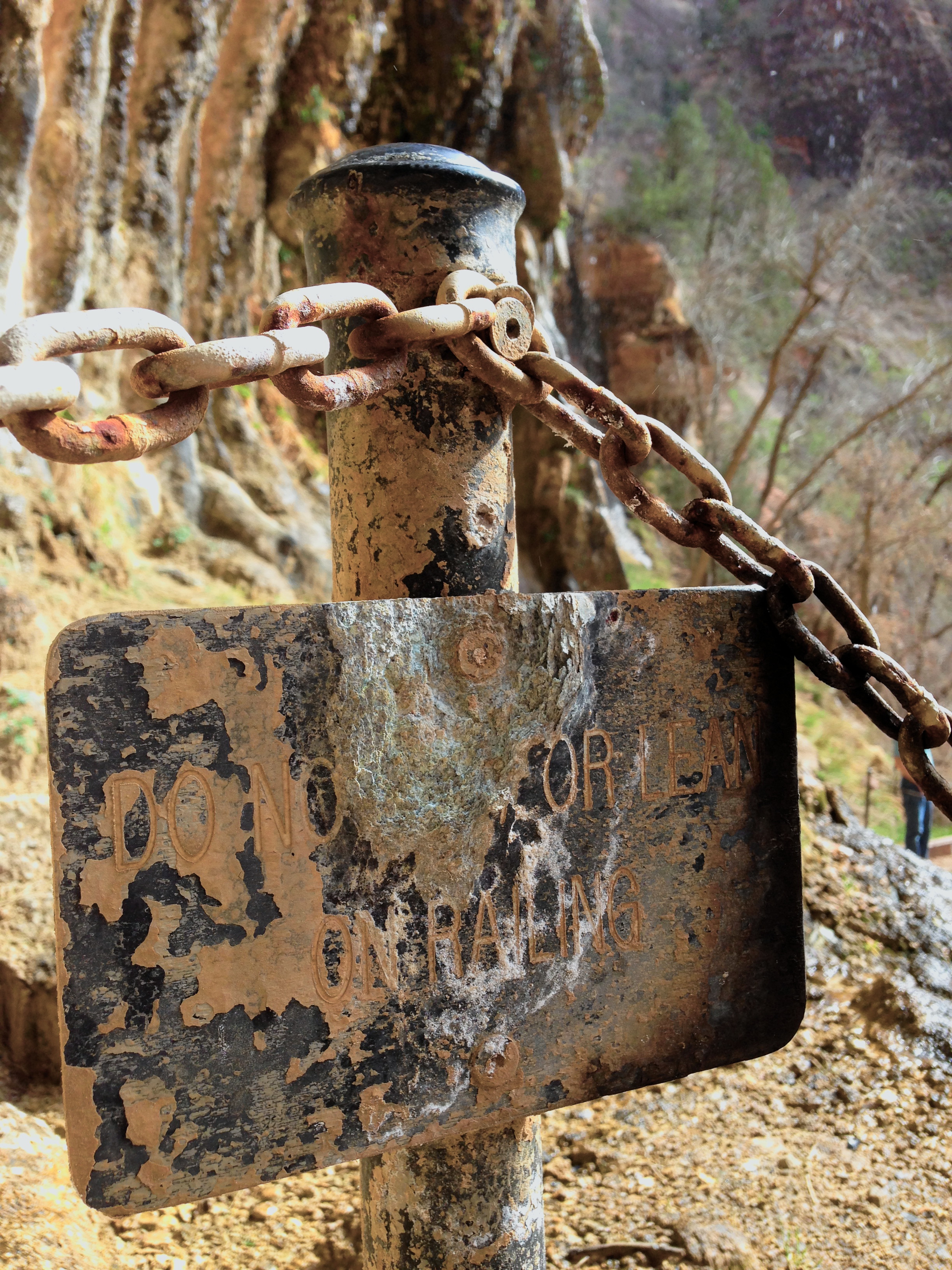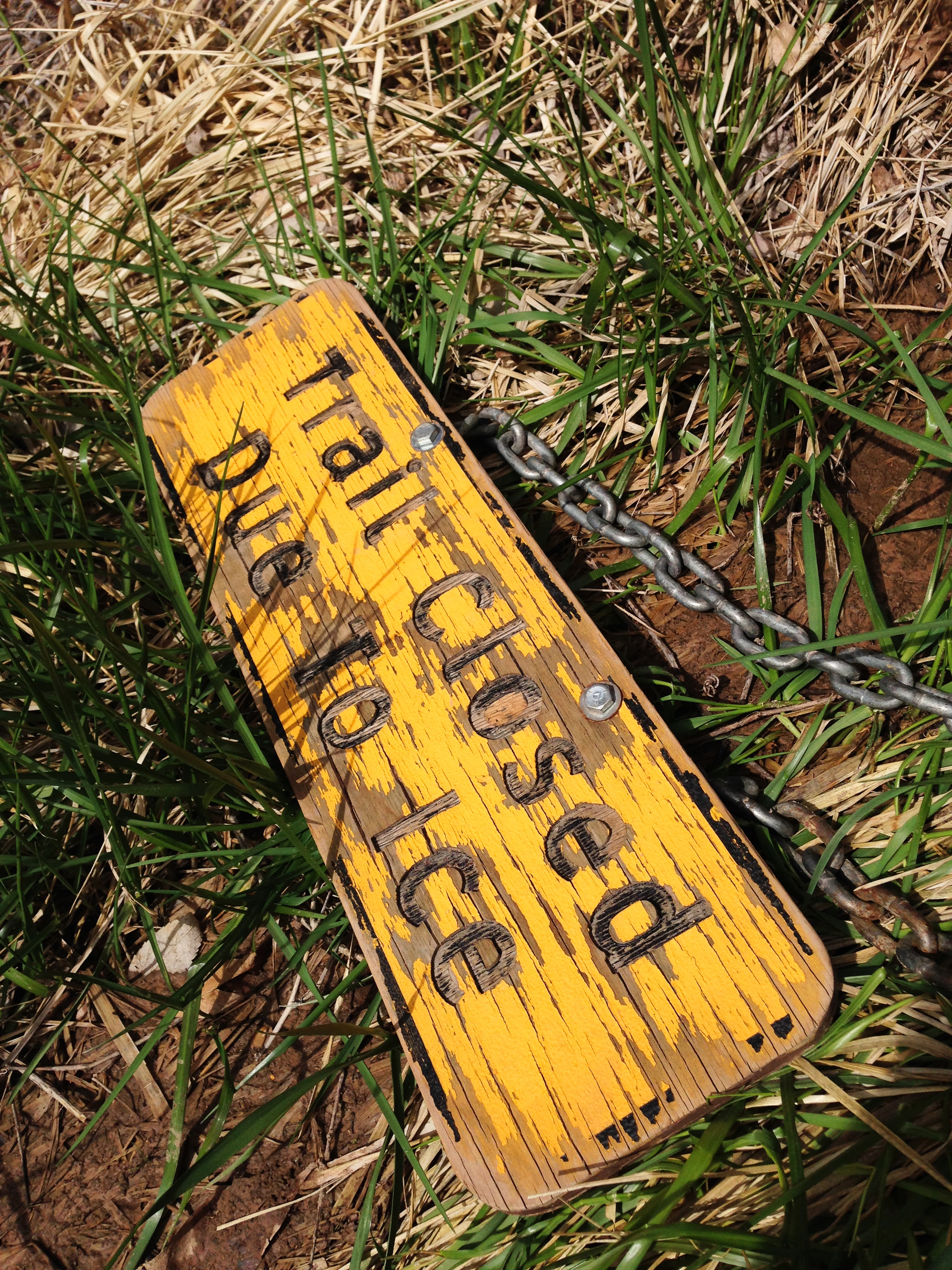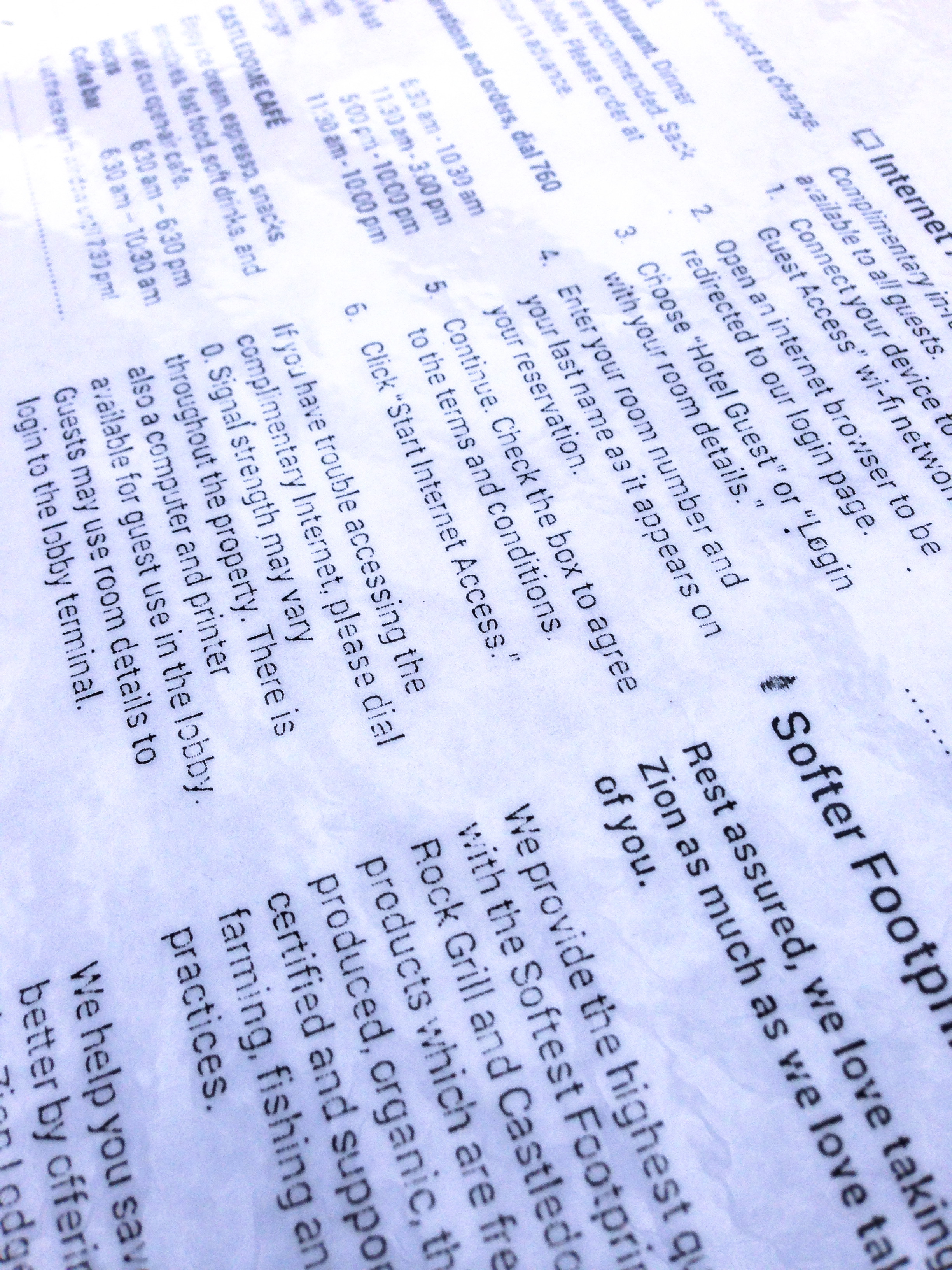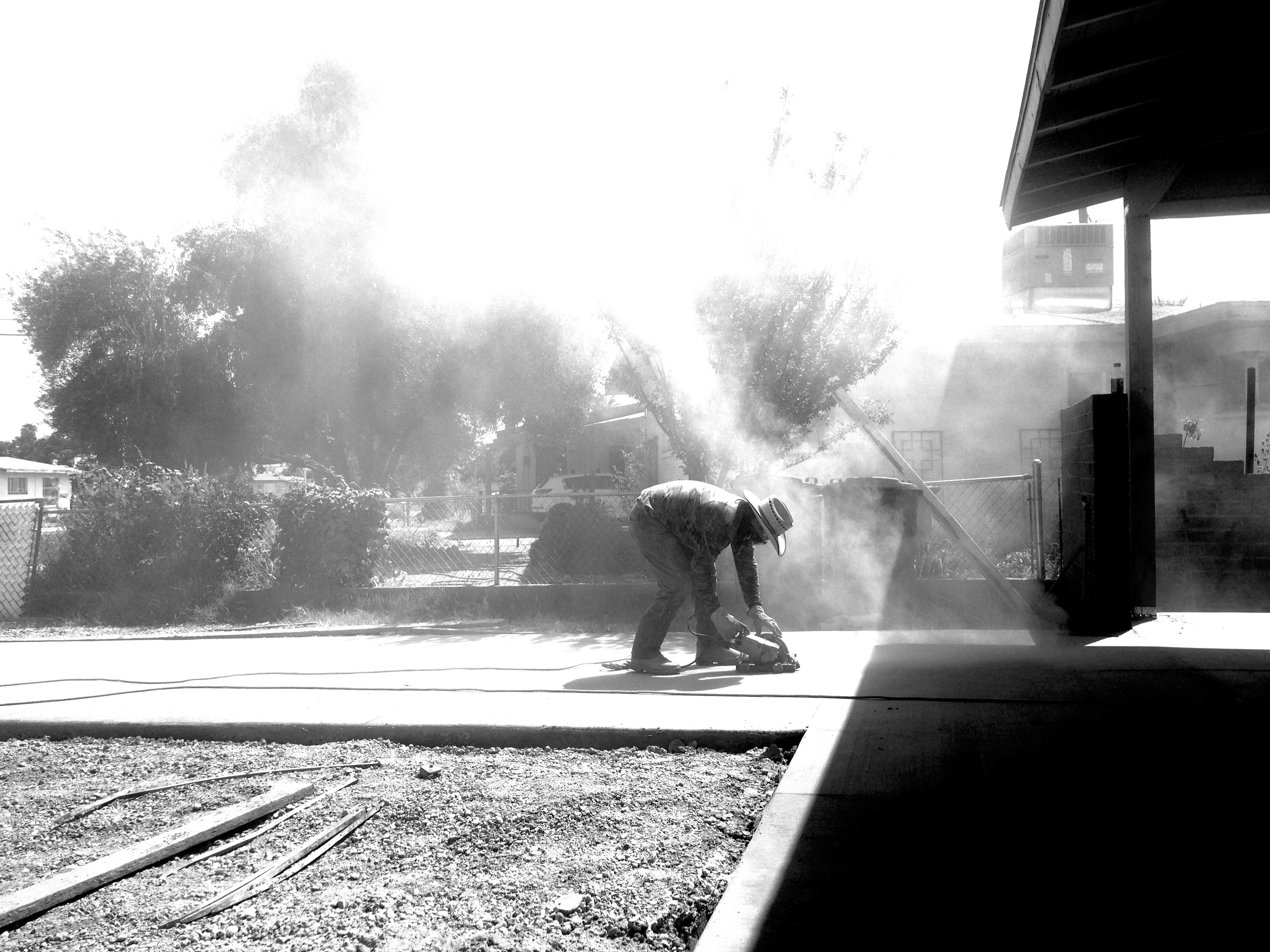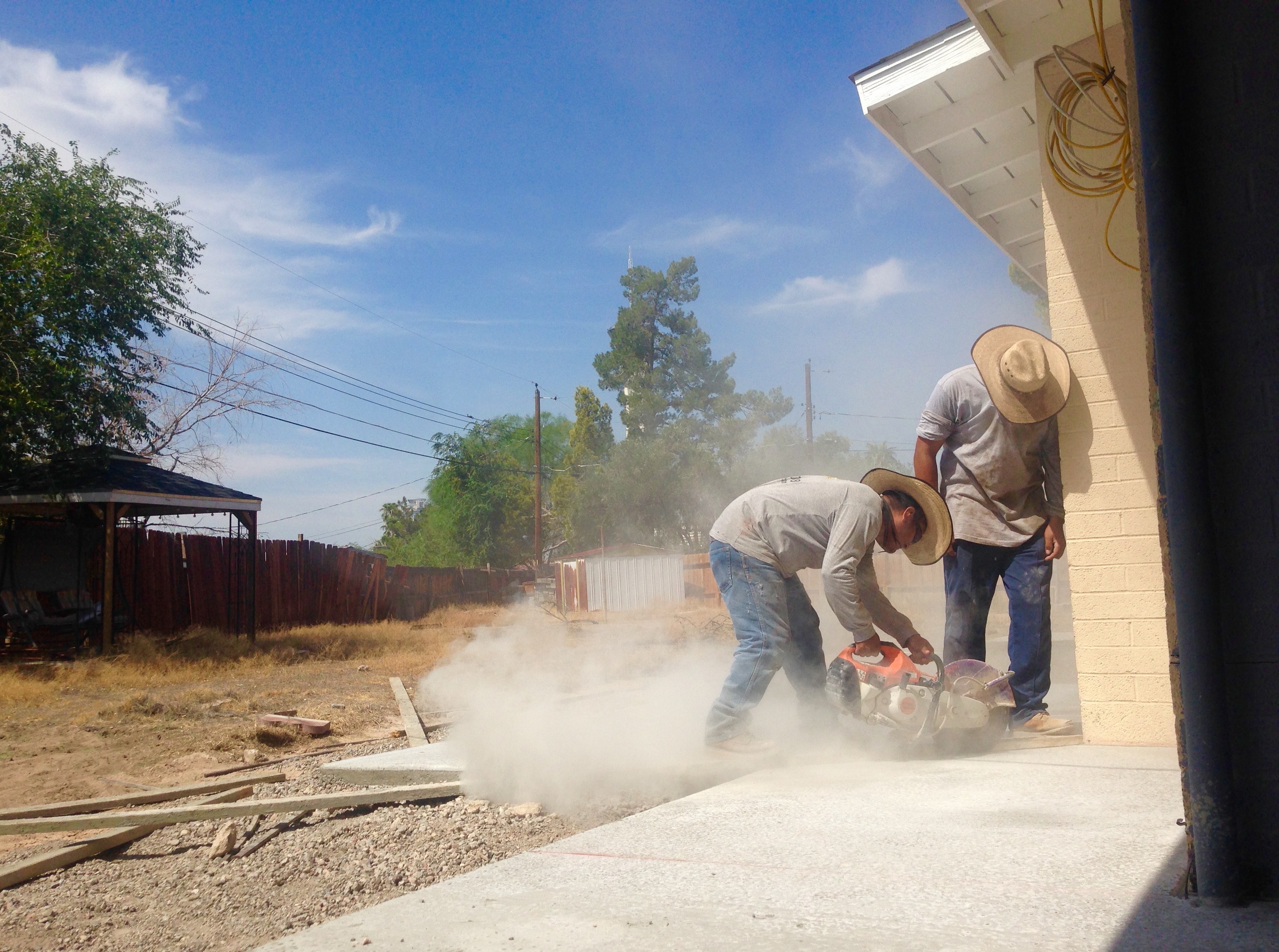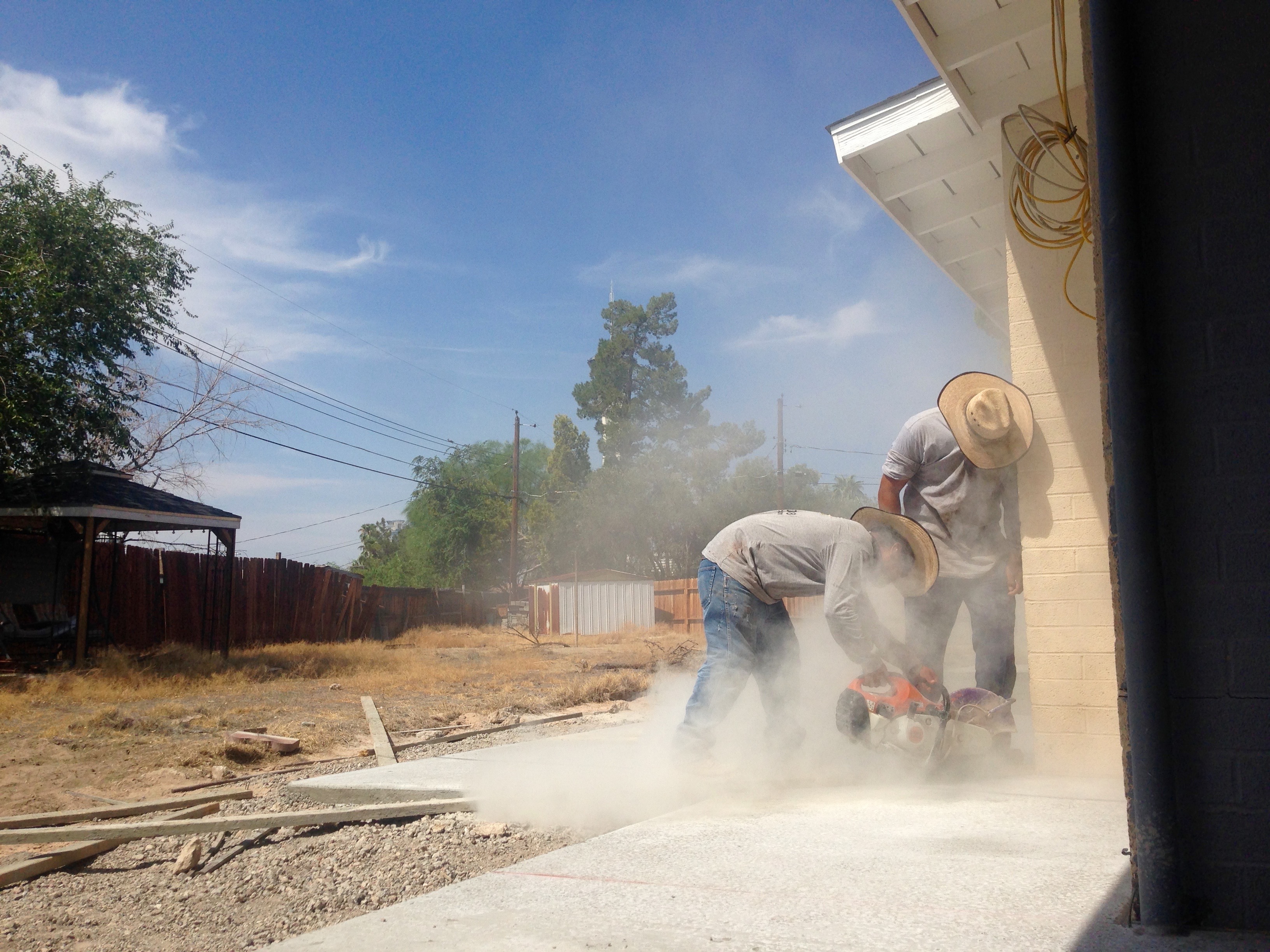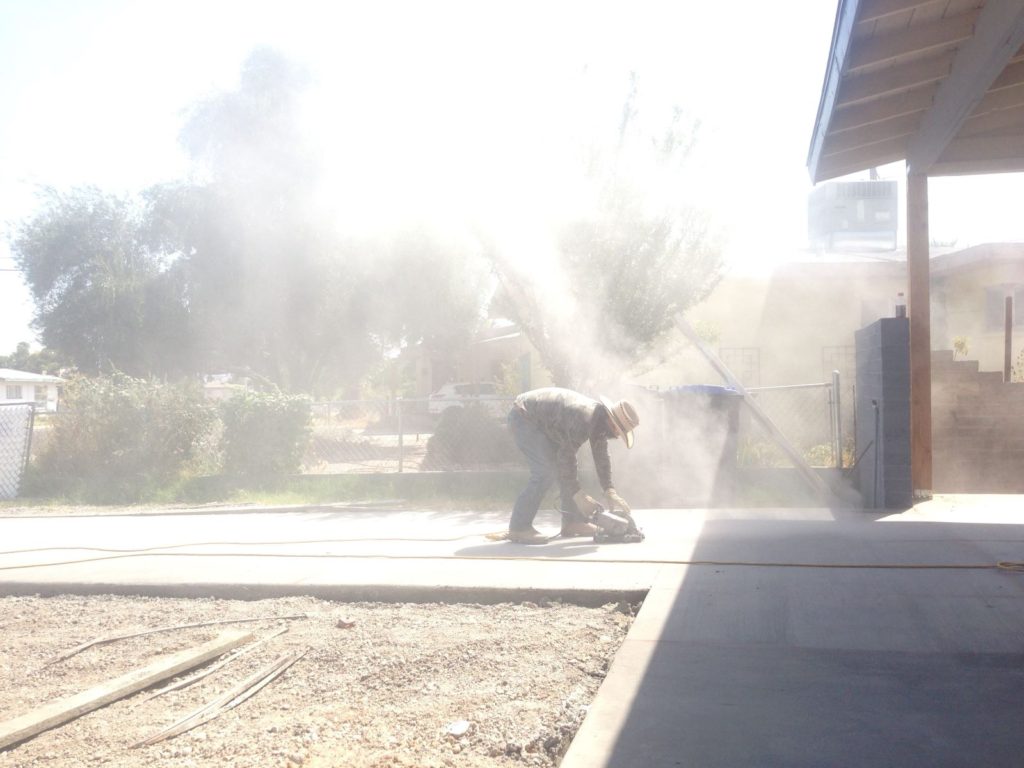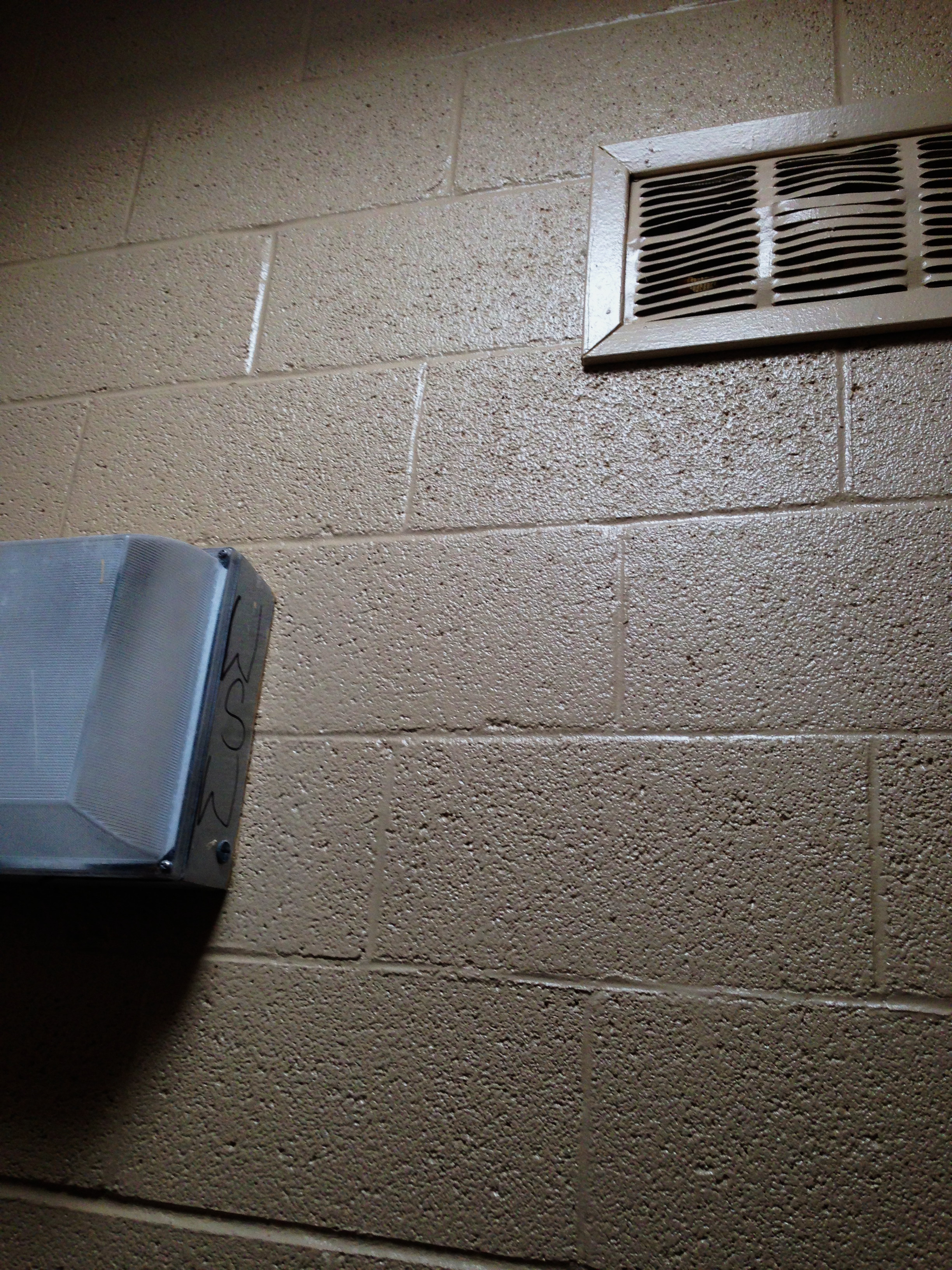One of the OTP hosts wanted to see everyone’s kits, but my stuff is split in two places so I did a multiple frame look at things. I’ll most likely come back and do a single frame shot at some point.
Bodies: Nikon D40 (crop sensor) and Iphone 5c.
Accessories (not shown): an extra battery, extra SD card, blower
and I definitely have my hierarchy of lenses…
the standard 3 lens kit that goes in a small bag or cargo pants
24mm f/2 – I like the wider view and deep DOF, but not the bokeh
50mm f/1.8 series e – gorgeous bokeh
105mm f/2.5 – omg. The best evar.
the other two nikkors
28mm f/3.5 – if my katzeye didn’t go black with the small f-stop, this most likely would supplant my 24mm
135mm f/2.8 — I’ve scored some lovely shots with this lens, but its heavy.
fun alternate lenses
Lensbaby 2.0
500mm f/8 cadatropic — So small, but what a reach!
70-210 vivatar micro – A serious hunk of metal. But I’m not a fan of zoom
autofocus, I just don’t dig it
18-55mm kit lens – I like it as a wide angle, most likely the main reason I haven’t actually run out and purchased a wide angle prime.
30mm f/1.8 – I thought I’d want autofocus when the baby showed up. But nah…I’ve gone back to my good old non-metering nikkors, they just feel more responsive.
Lust
Well surprisingly not really at this time. I’d like to get an 85mm just to fill in the standard series of focal lengths or maybe a 50mm micro or a 14mm super wide…but nothing I’d really want to pay big money for at the moment.

